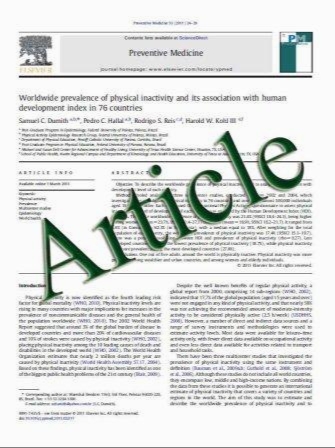The Role of Arterio-Venous Shunt in the Pathogenesis of Pulmonary Hypertention in Patients with End-stage Renal Disease
- نوع فایل : کتاب
- زبان : انگلیسی
- مؤلف : Emad Ali Abdallah & Emam Waked & Amna Metwaly & Ashraf Abdel Khalek
- چاپ و سال / کشور: 2010
Description
Pulmonary hypertension (PHT) is an overlooked cardiovascular morbidity in patients with end stage renal disease. The pathogenesis of PHT in this group of patients is not explained satisfactorily. The aim of our study to evaluate the prevalence and the role of AV shunt in pathogenesis of pulmonary hypertention. Our study included 58 patients with ESRD without a known cause of PHT who were either in the predialysis period (stage 1V CKD) (14 patients) or maintained on chronic hemodialysis (stage V CKD) (44 patients) in Theodor Bilharz Research Institute (TBRI), Cairo, Egypt. In the chronic hemodialysis group, there were 27 males and 17 females with a mean age of 57.11پ} 12.31 years (range 28.65). In the predialysis group, there were 8 males and 6 females with a mean age 53.45 پ}9.41 years (range 28.66). Pulmonary arterial pressure (PAP) and cardiac output were evaluated by Doppler echocardiography in the 14 pre-dialysis patients without PHT few (4.3پ}0.8) months after creation of AV fistula and in the 44 hemodialysis patients (33.6پ}4.2 months) after creation of AV fistula within 1 h of completion of hemodialysis session. Arteriovenous fistula (AVF) flow was measured by Doppler sonography. PHT (systolic PAP .35 mmHg) was observed in 25 (56.8%) patients receiving hemodialysis with a mean systolic PAP of 46.4پ} 13.6 mmHg. In the predialysis group after creation of AV fistula, PHT was found in 6 (42.9%) patients with a mean systolic PAP of 42.8پ}12.8 mmHg. The cardiac output and AV shunt flow were found to be increased in patients with elevated systolic PAP in both groups (p<0.05). CRF duration and AV fistula duration were positively correlated with systolic PAP in patients receiving hemodialysis (p<0.05). After compression of AV fistula in 11 hemodialysis patients, the mean value of PHT decreased (from 43.98پ}15.6 to 33.22پ}11.7 mmHg). This study demonstrates a high prevalence of PHT among patients with ESRD in predialysis period after creation of AV fistula and on chronic HD via a surgical A-V fistula. Cardiac output, AV shunt flow and duration, and ESRD duration may be involved in the pathogenesis of PHT. The development of PHT following access formation represents a failure of the pulmonary circulation to accommodate the access-mediated elevated CO. Pre-dialysis patients scheduled for access formation should be screened for the presence of sub-clinical PHT.
Kidney (2010) 19:239–243 DOI 10.1007/s00596-010-0166-2 Published online: 7 July 2010


